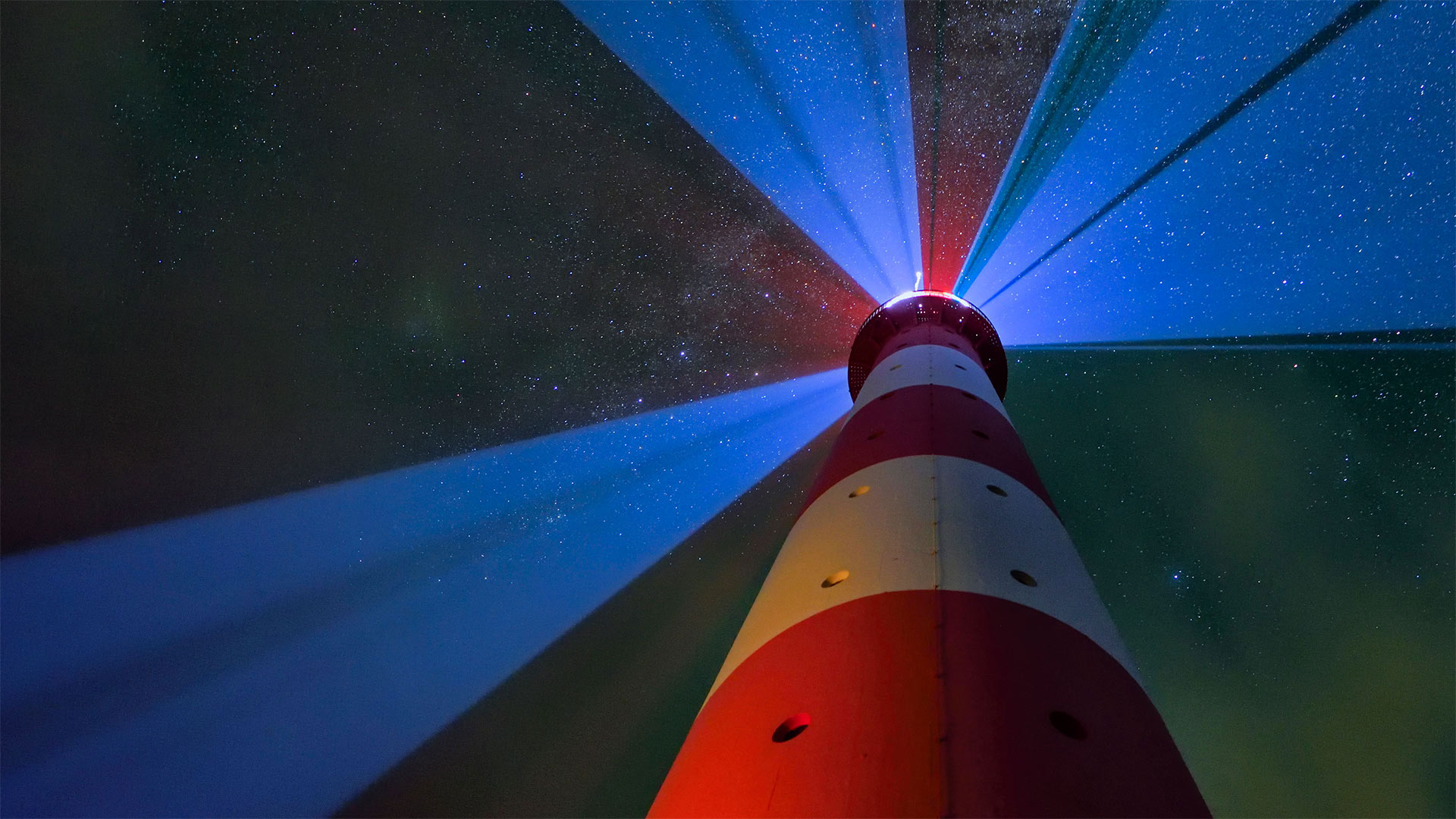坦克湖 (Tank Lakes), 高山湖泊荒野区, 华盛顿州, 美国 Tank Lakes, Alpine Lakes Wilderness, Washington (© Austin Trigg/TANDEM Stills + Motion)
坦克湖 (Tank Lakes), 高山湖泊荒野区, 华盛顿州, 美国 Tank Lakes, Alpine Lakes Wilderness, Washington (© Austin Trigg/TANDEM Stills + Motion)
美丽的星空 Weeding and wishing
坦克湖, 高山湖泊荒野区, 华盛顿
今天图片中璀璨的星空来自于坦克湖,它位于高山湖泊荒野区。高山湖泊荒野占地超过40万英亩,位于风景如画的华盛顿州中部喀斯喀特山脉。荒野位于喀斯喀特山脉北段的斯诺夸米山口和史蒂文斯山口之间,其中包括被称为韦纳奇山脉的子山脉,该山脉构成了韦纳奇-雅基马分水岭。
这片荒野由冰川侵蚀而成,点缀着700多个湖泊。许多山峰和山坡终年被雪原覆盖。从生长着花旗松、雪松的湿润森林,到生长着沙拉树和浆果的林下层,这片地貌逐渐延伸至低矮植物覆盖的广阔草甸,最终以生长着黄松的干燥林地结束。
Astronomy Day and National Public Lands Day
When the calendar lines up just right, you get a rare double feature: National Public Lands Day and Astronomy Day. It's a chance to explore the landscapes that ground us and the skies that inspire us—all within 24 hours.
National Public Lands Day, held on the fourth Saturday of September, is America's biggest single-day volunteer event for parks, forests, and other shared spaces. Volunteers rake, plant, and pick up litter—all while enjoying free admission to these sites. Astronomy Day comes twice a year, with the fall version offering longer nights and darker skies. The goal is simple: help more people discover the universe. Many parks are far from city lights, making them prime spots for seeing the Milky Way, meteor showers, and constellations without interference. Remote places like Tank Lakes in Washington's Alpine Lakes Wilderness, pictured here, offer exactly that.
This year, why not make it a two-for-one celebration? Hike a trail by day, then trace constellations by night. On National Public Lands Day, you might cross paths with a deer or eagle. On Astronomy Day, your companions could be Orion or Cassiopeia. Different worlds, same sense of wonder.
星空下的灯塔,德国Westerhever镇 Westerheversand Lighthouse in Westerhever, Germany (© Sandra Bartocha/Minden Pictures)

星空下的灯塔,德国Westerhever镇 Westerheversand Lighthouse in Westerhever, Germany (© Sandra Bartocha/Minden Pictures)
Westerheversand Lighthouse
Even in the places most altered by humans, nature seems to slip through, like the Milky Way shown here peeking between light beams from Germany's Westerheversand Lighthouse. This beacon lies along the Wadden Sea, which forms the world's largest tidal flat along the Dutch, German, and Danish coasts.
This soggy low country was once prone to deadly flooding, but over time, locals have moved earth and sea to reinvent the coastline with dikes, causeways, and artificial islands. You may not guess it by the thousands of species of seabirds, shellfish, and other lifeforms that thrive here, but this UNESCO-recognized biosphere is one of the most engineered locales on Earth.
韦斯特海尔桑灯塔
即使在那些被人类改变最多的地方,自然似乎也在悄悄溜走,就像图中所示的银河系在德国西部凡尔赛灯塔的光束之间窥视。这座灯塔位于瓦登海沿岸,瓦登海在荷兰、德国和丹麦海岸形成了世界上最大的潮坪。
这个潮湿低洼的国家曾经容易发生致命的洪水,但随着时间的推移,当地人已经移动了土地和海洋,用堤坝、堤道和人工岛屿重建了海岸线。你可能无法从这里繁衍生息的数千种海鸟、贝类和其他生命形式中猜到,但这个联合国教科文组织认可的生物圈是地球上最精心设计的地方之一。
